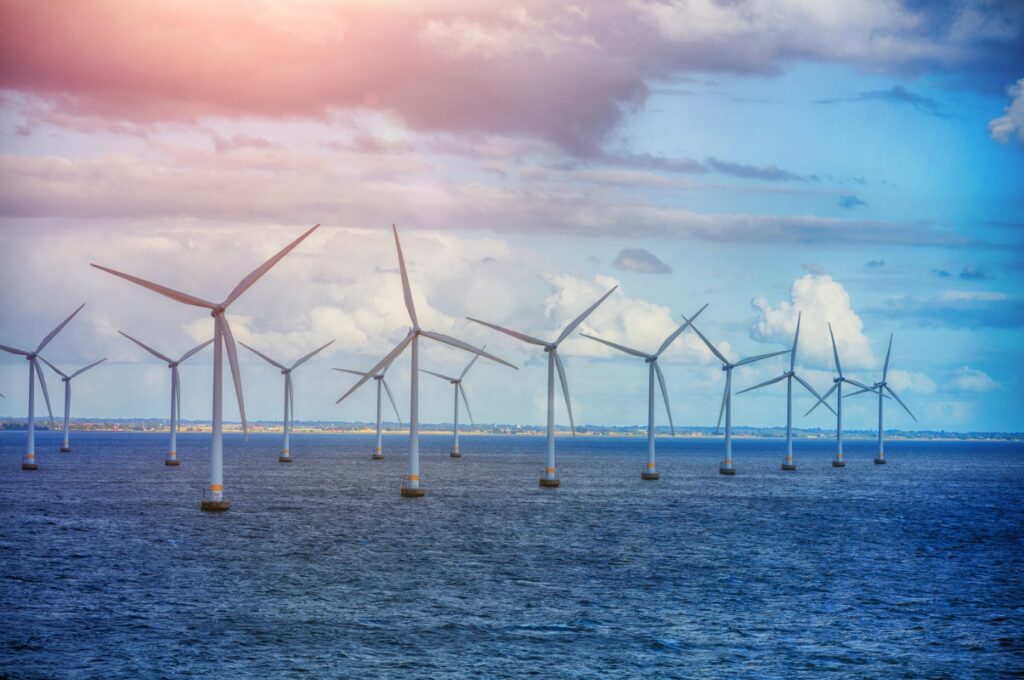An Outlook on the Japan Wind Market and Hiring Demand

On April 22, Prime Minister Yoshihide Suga announced a ramped up target of Japan cutting its carbon emissions by 46% by 2030, from the peak of 2013 levels. That raises the stakes significantly from the previous goal of a 26% cut as Suga followed the lead of the new Biden administration during a two-day online climate crisis summit organized by the US.

Japan has been a laggard in meeting its decarbonisation goals, logging just a 2.5% reduction in emissions between 1990 and 2018, compared with 22.5% by the EU and 43% by the UK over the same period. Progress in Japan has been hampered by its nuclear power reactors being taken offline after Fukushima, and limited development of renewables, leading to an increase in fossil fuel use.
Japan’s Energy Transition – Traditional Energy Sources are in Decline
On December 25, the government announced plans to have renewable energy provide 50% to 60% of Japan’s electricity by 2050. This is following a previous declaration which aims to have it supply 22% to 24% by 2030.
What is certain is that offshore wind will play a central role in reaching decarbonisation goals, with government targets of 10 gigawatts of generation by 2030 and 30 to 45 gigawatts by 2040. Hitting those goals would make Japan the third-largest generator of offshore wind power in the world.
The emerging On and Offshore wind market in Japan has attracted many international developers and manufacturers. A potential 1600 GW can be sourced by Offshore wind energy around Japan’s coasts.


Where to find all the talents? – Outside the industry

With dozens of projects working towards the construction phase and bids being prepared for many more, the shortage of talent in the sector is only going to become more acute. Due to the current boom and talent shortfall, the big wind turbine manufacturers, developers, and suppliers are hiring from outside the sector, explains Mark Takano, the Head of Energy practice at Slate. Mechanical, Electrical, and Civil engineers are being recruited for numerous positions working on On and Offshore wind and can obtain very high salaries
The market is so big that all companies get a fair cut

The demand for energy is high and therefore the companies involved in this market have opportunities to be extremely profitable. Onshore and especially Offshore wind will play a central role in reaching decarbonisation goals, with government targets of 10 gigawatts of generation by 2030 and 30 to 45 gigawatts by 2040. Hitting those goals would make Japan the third-largest generator of offshore wind power in the world.
Japan is becoming greener – Let’s discuss this together
Japan’s outlook in the energy sector is promising and demand in the job market is high.
We are currently hiring for:
• Technical Project Manager
• Technical Project Engineer
• Service Manager
• Project Developer
If you are interested in contributing to making Japan a greener place and looking for a new career opportunity, please contact us here or direct to Mark Takano.
Slate Consulting
Mark Takano
Head of Energy
E: mtakano@slate.co.jp
T: 03-5962-5881
M: 080-4367-6057
